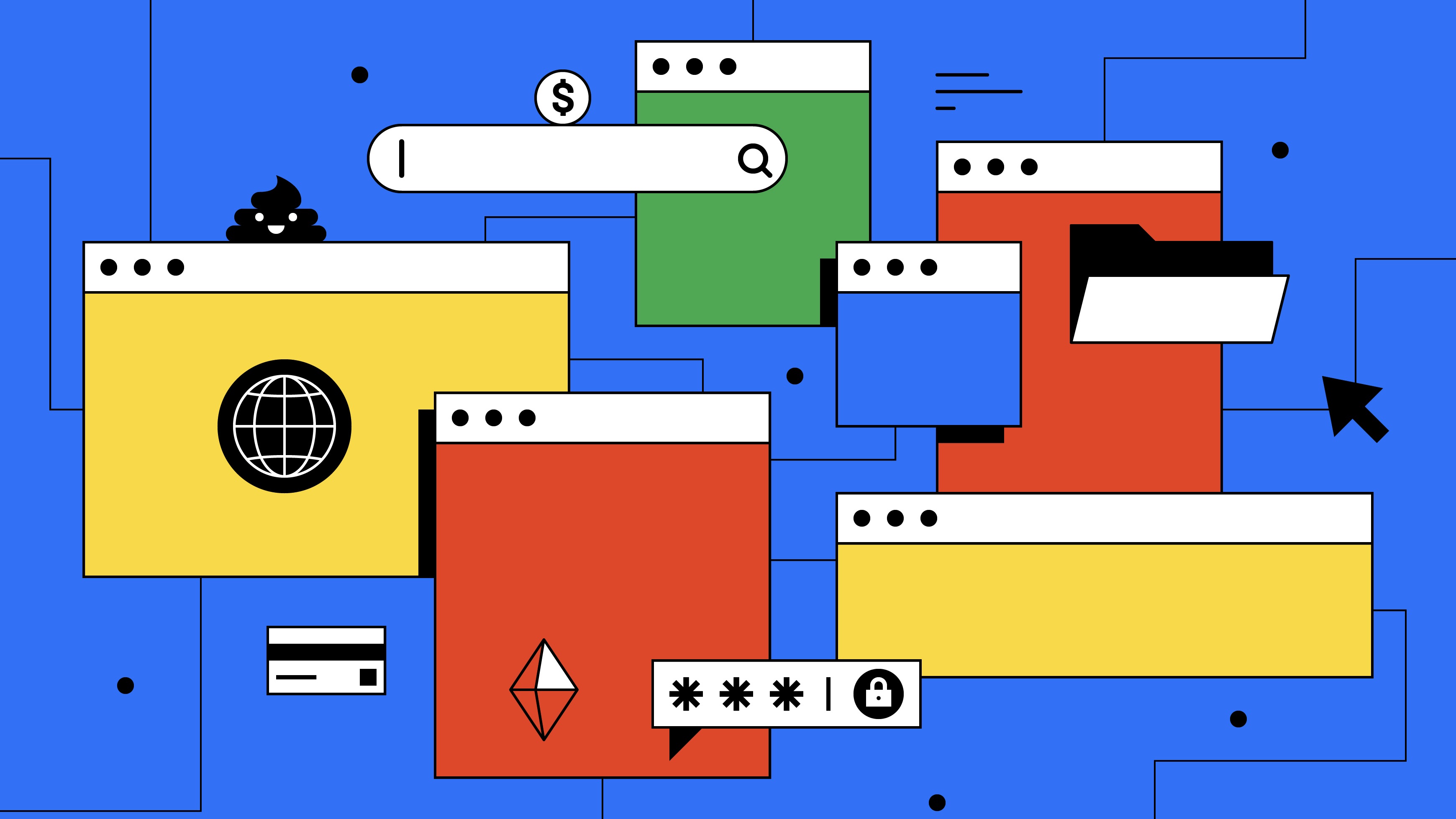Internet pollution is only getting worse
With online advertising becoming more pervasive and insidious, it won’t be long until they’re as ever present as microplastics

It seems that every day we read about pollution around the world. From whales caught up on nets to particulates in the air we breathe, from water infested with everything from toxic chemicals to raw sewage. Then, there is the growing horror of microplastics, which are small chunks of plastic officially defined as being smaller than 5mm in diameter. Now, I read microplastics are being found inside living creatures.
The pollution problem is getting worse in the world of computing and the internet, too, except here it’s mostly related to a tidal wave of advertising material. Some of it is obvious, with websites that are often more advert than content a particular bête noir of mine. Other adverts are more insidious, such as those injected into video streams on YouTube. I understand the need for advertising revenue, and that I can pay the monthly YouTube fee to get rid of the inserted adverts, but this doesn’t rid me of the almost endless product placements made within the video itself.
Then, there’s my hatred of the inline feed adverts on Facebook, which has reached the level of almost a nervous tick. I have a morbid fascination with hitting the “block advert” button on the iOS app, then flagging the advert as “irrelevant” and then blocking the advertiser, which can eventually make the Facebook advertising algorithm back off for a few weeks. On desktop browsers, Social Fixer strips the feed of much unwanted rubbish, but Social Fixer and Facebook appear locked in an endless game of cat and mouse as Facebook tries new methods of getting around the filtering.
It doesn’t stop there, of course – buy a new computer and you can rest assured there’s a wheelbarrow full of rubbish to be immediately uninstalled, starting with the ubiquitous antivirus trialware. I strip laptops back to the bare minimum, keeping only necessary vendor-supplied tools for updating firmware and drivers.
So, you can imagine my horror at reading reports that a company, Glance, is about to launch its lockscreen tool for Android phones in the USA. It replaces the standard lock screen with its own platform and, as you can probably expect, this means adverts can be delivered directly to this screen. Although the company insists that it isn’t an ads platform but a “smart surface”.
“In the US, monetisation on the lock screen surface will be primarily driven by the Space that a consumer chooses to consume at any moment,” its blog says. “For example, consumers can pay a subscription fee for premium news wraps by a major publisher arriving every morning on their lock screens; or, they could choose to buy products from merchants when the product drop of the day surfaces on the lock screen.”
Time will tell how Glance works in the US – and you can expect the UK won’t be far behind – but my suspicion is that Glance-enabled phones will be supplied by telcos for a slightly lower fee, much as Amazon offers a discount on some Kindles.
Get the ITPro daily newsletter
Sign up today and you will receive a free copy of our Future Focus 2025 report - the leading guidance on AI, cybersecurity and other IT challenges as per 700+ senior executives
Adverts have their place, but only if there is a clear understanding that the costs to the end-user are reduced, often to zero, by accepting the adverts. That requires a clear understanding that you either get the adverts, or you can pay a small subscription and get the clean feed. However, no one wants to engage in that discussion, mostly because it requires them to put a value on the advertising feed, and thus onto the end user uptake.
RELATED RESOURCE

If I find a site or platform that offers a paid-for subscription, I will usually try it for a period. If I find the feed still laden with adverts, of whatever sort, then I will back away and have few qualms about applying technology to get the feed in a form that I want.
It really is about time that there was clarity in this space. Buy a laptop with all the crapware installed and pay a price. Pay slightly more and get it without. Then I can choose, based on the cost of my time, to clean things up.
At the same time, we need to talk about online advertising and its place in our lives. And this is before we even get onto the enormous amount of user profiling that is happening in real-time of each and every internet user, and the question of where and how that data is being used.
I absolutely would not buy a smartphone that had built-in advertising of the form provided by Glance. Telcos have no right into my phone operation other than providing raw connectivity.
It is no longer acceptable to just sit back and assume that we’re going to get swamped, and that there is nothing we can do about it. All that will happen is the pollution will grow and mutate until, like microplastics, it’s so pervasive that we can’t even spot it anymore. It's just there, inside our devices. It’s time we put these companies back into their box.
-
 Meta just revived plans to train AI models using European user data
Meta just revived plans to train AI models using European user dataNews Meta has confirmed plans to train AI models using European users’ public content and conversations with its Meta AI chatbot.
By Nicole Kobie
-
 AI is helping bad bots take over the internet
AI is helping bad bots take over the internetNews Automated bot traffic has surpassed human activity for the first time in a decade, according to Imperva
By Bobby Hellard